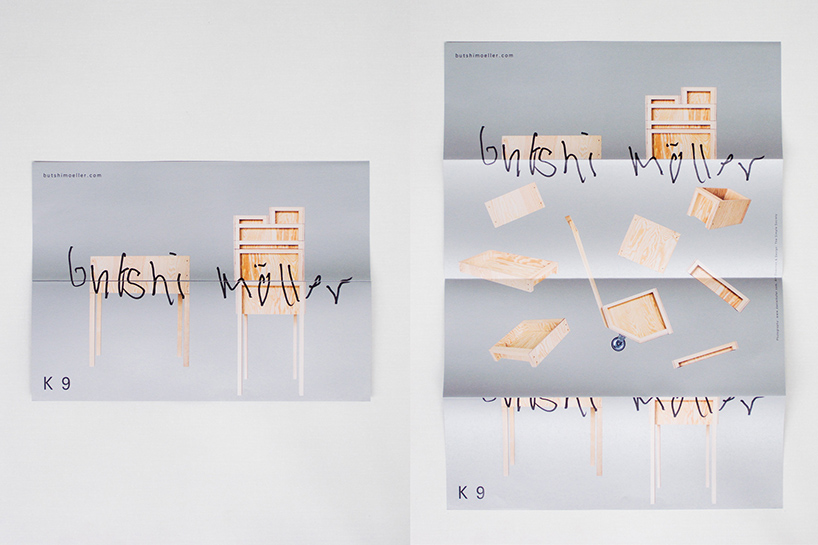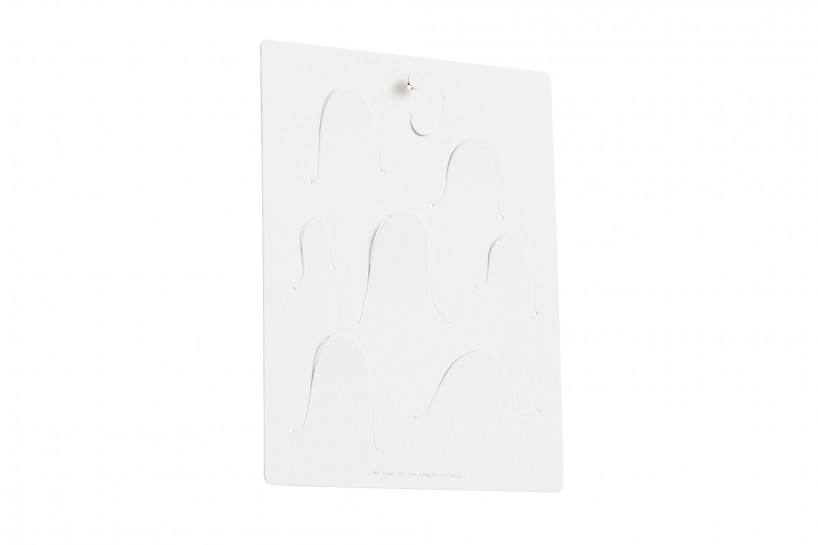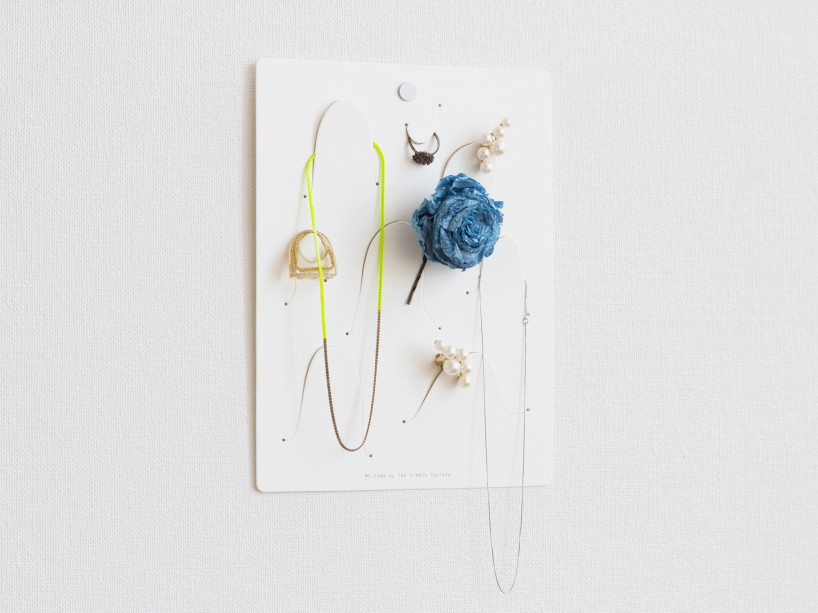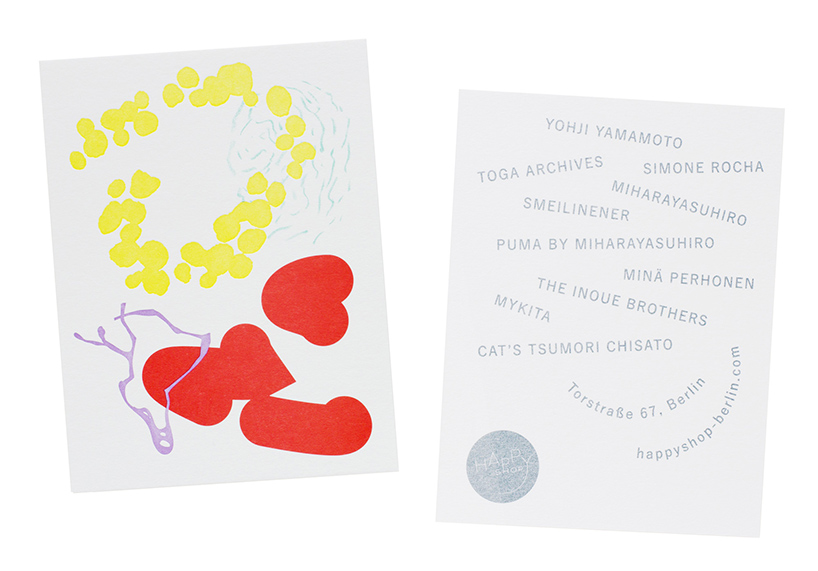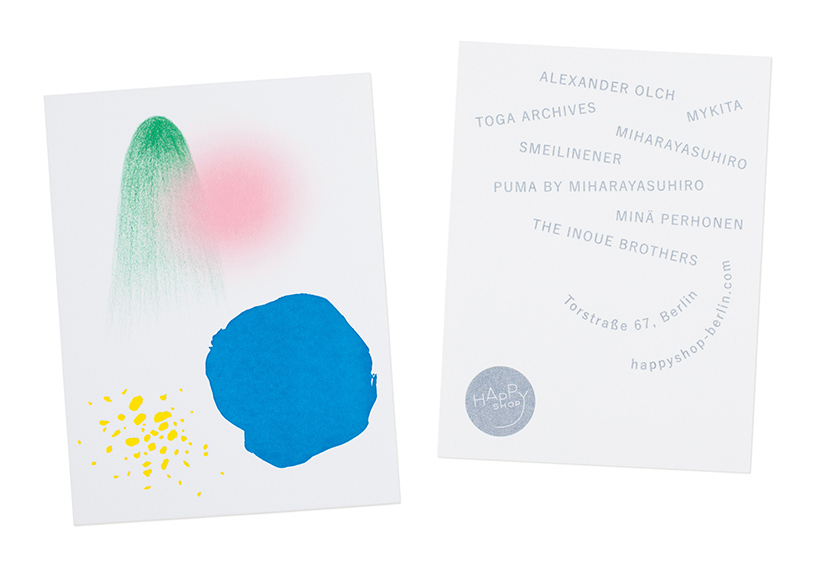KEEP UP WITH OUR DAILY AND WEEKLY NEWSLETTERS
happening now! in an exclusive interview with designbooom, CMP design studio reveals the backstory of woven chair griante — a collection that celebrates twenty years of Pedrali’s establishment of its wooden division.
uncover the colorful legacy of italy's iconic train, designed by gio ponti and giulio minoletti in the '50s.
connections: +110
unveiled as well at the italian pavilion in expo 2025 osaka, the design uses fuel coming from cooking oils and animal fats.
connections: +190
discover our guide to milan design week 2025, the week in the calendar where the design world converges on the italian city.
connections: 69
'there is no real, defined space, there’s just the reflection’ – designboom speaks with Hermès artistic directors charlotte macaux perelman and alexis fabry.
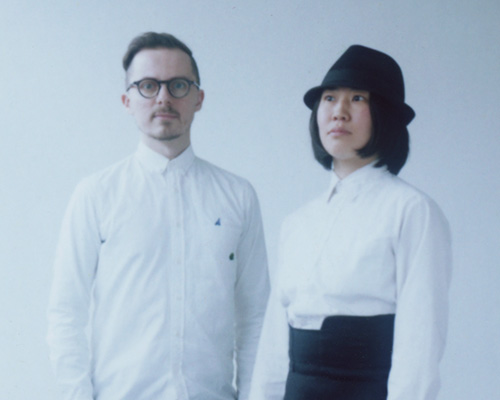
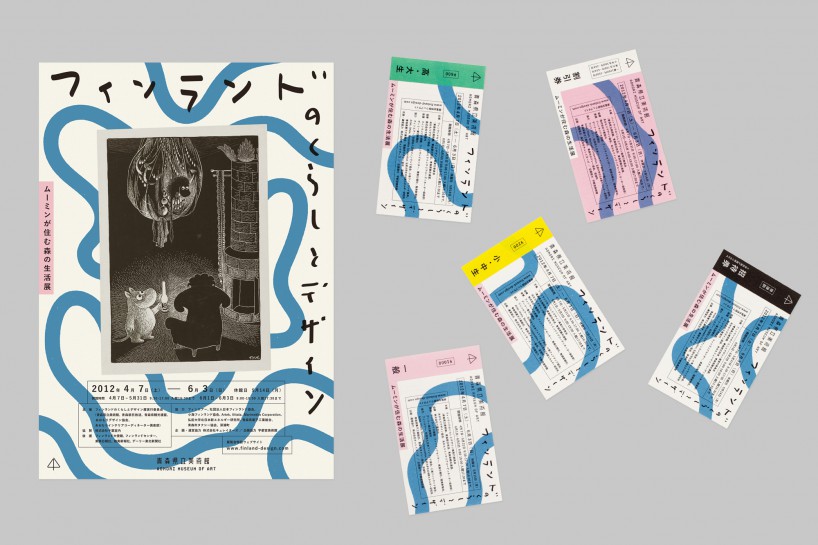
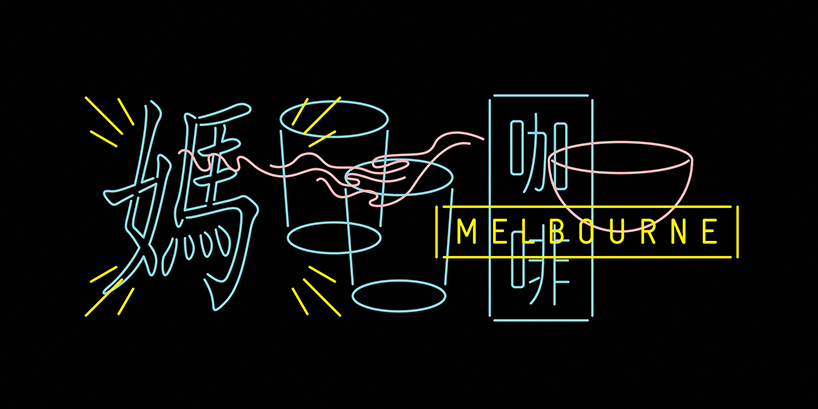
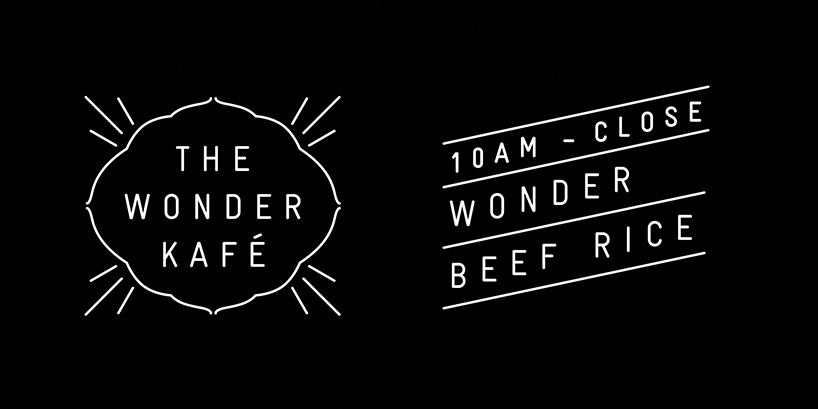
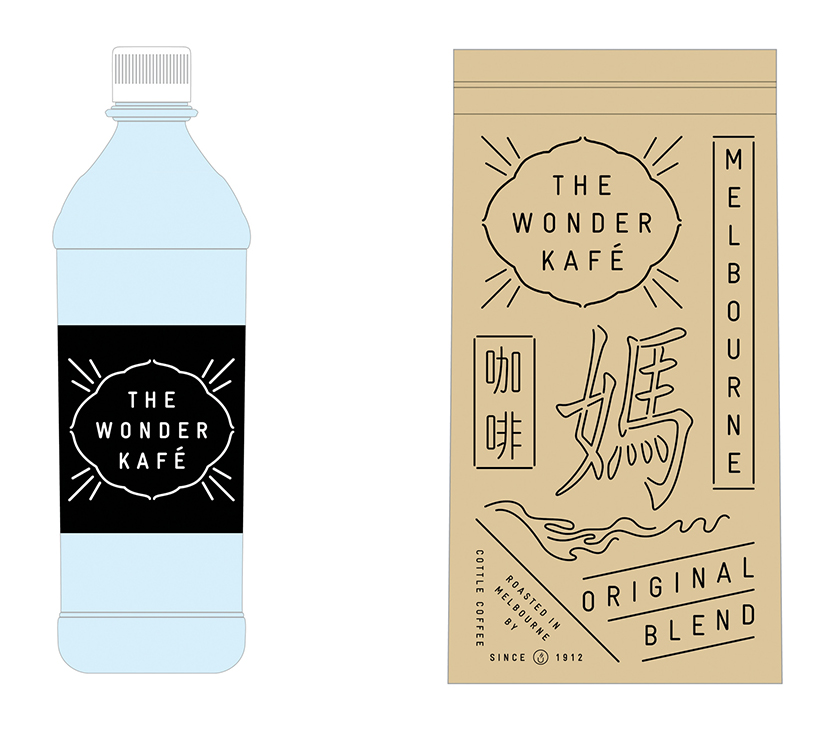 bottled water and coffee blend packaging
bottled water and coffee blend packaging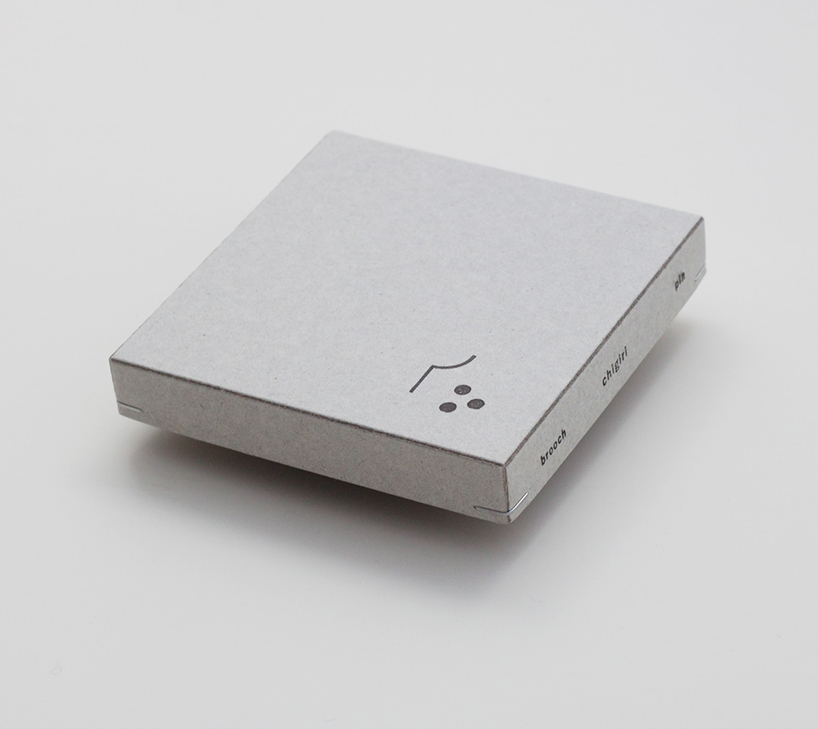 packaging and logo design for the brand WAPPA, 2012
packaging and logo design for the brand WAPPA, 2012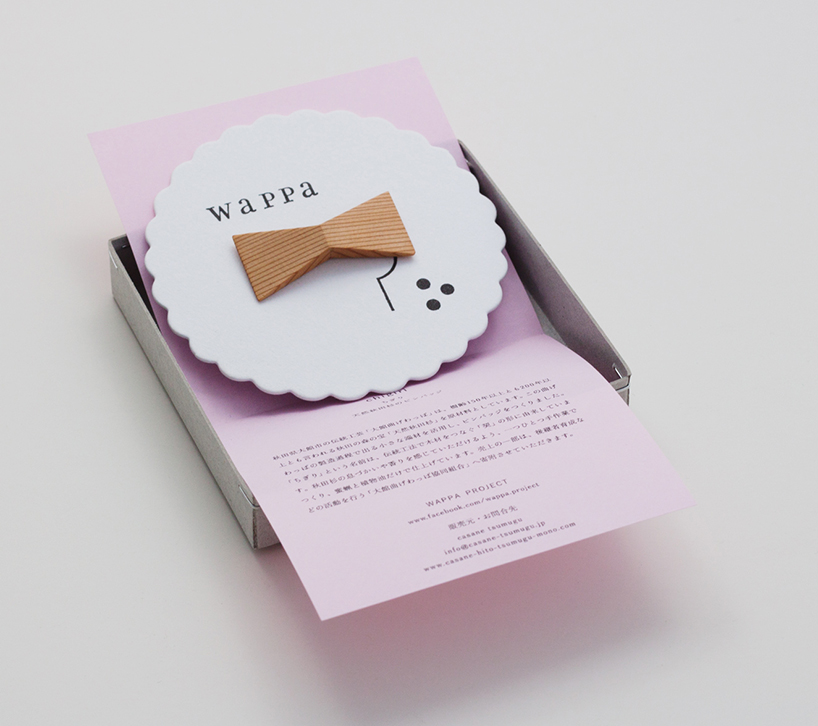
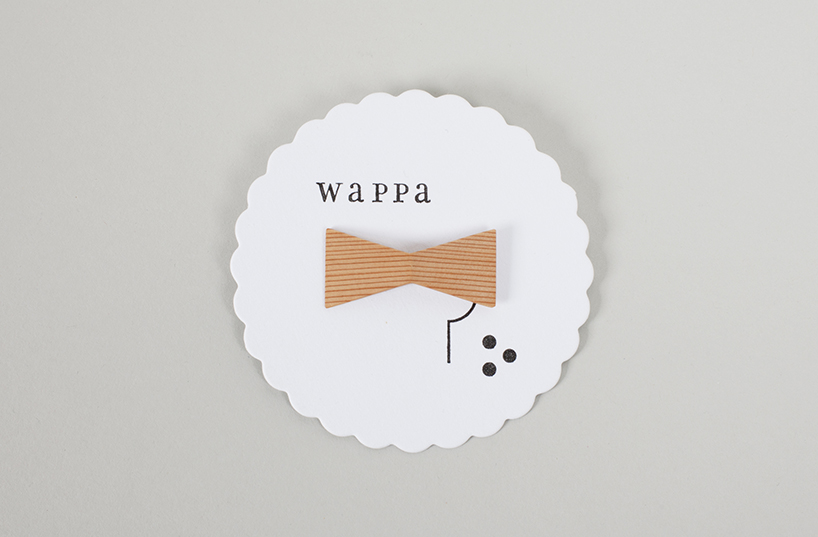
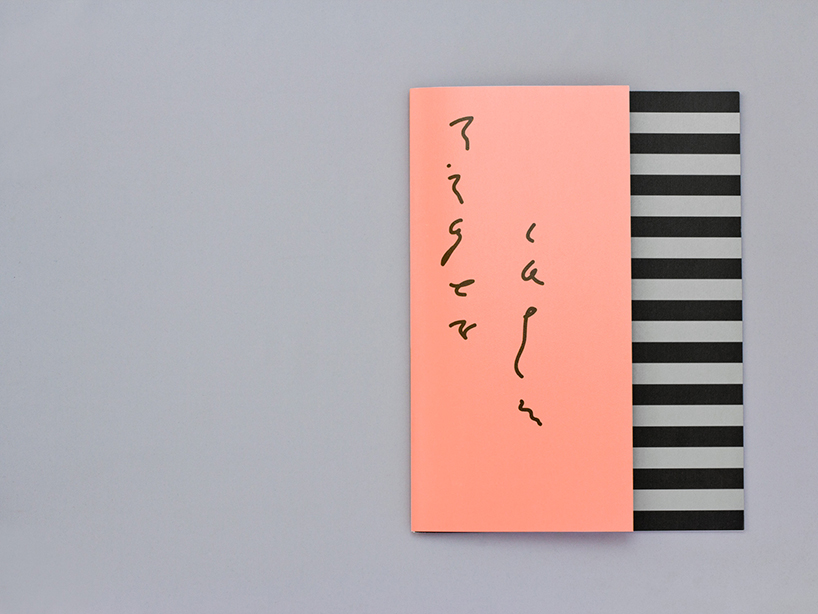 reality studio lookbook for the summer 2014 collection ‘tiger calm’
reality studio lookbook for the summer 2014 collection ‘tiger calm’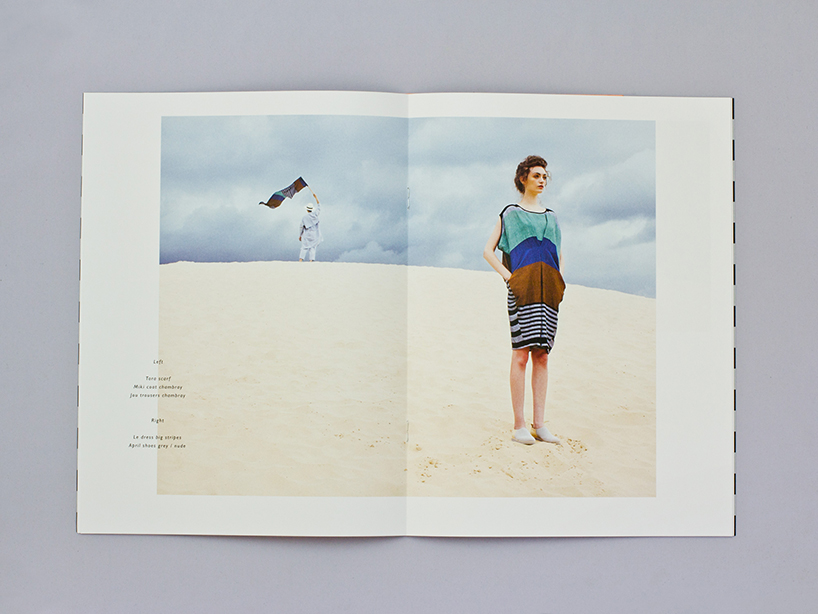
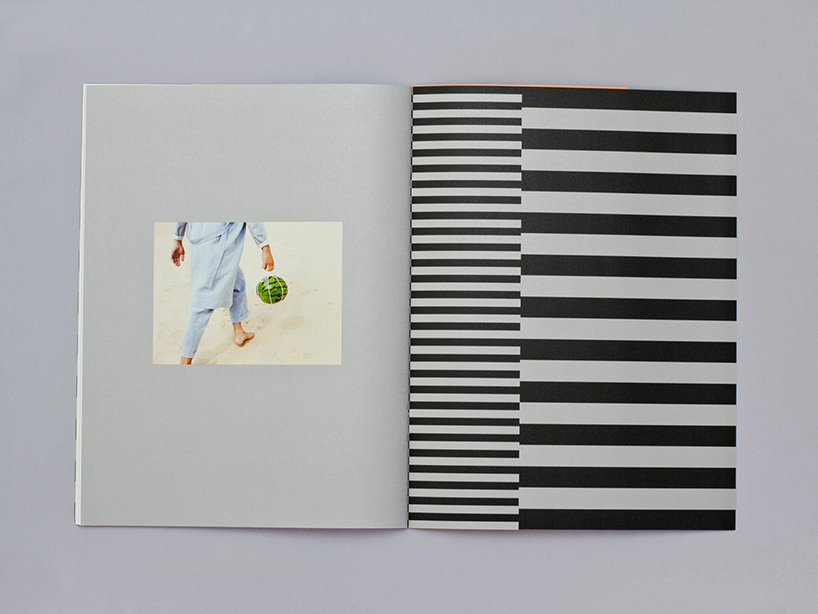
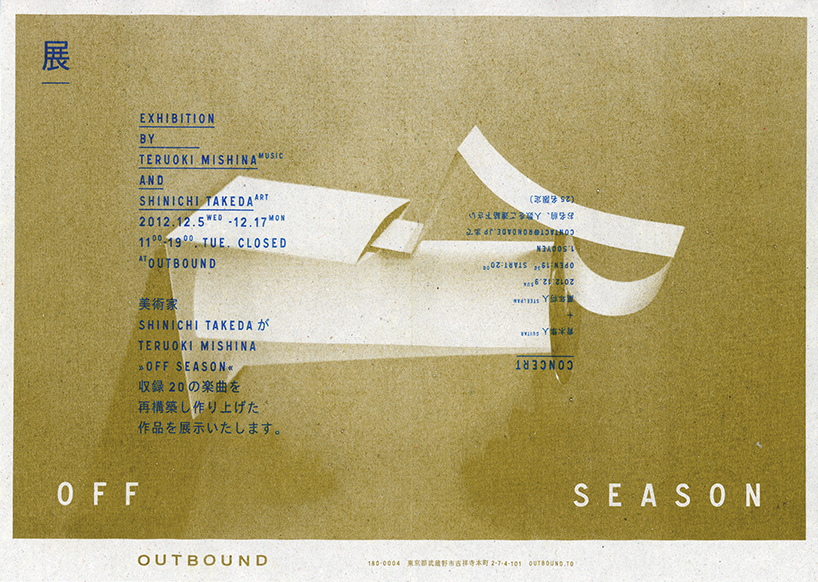
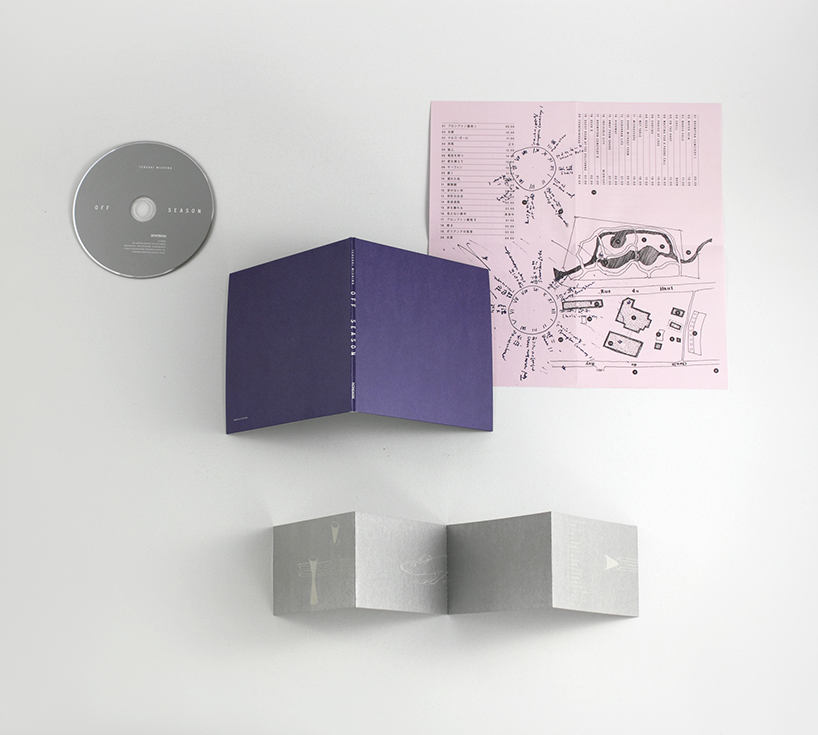
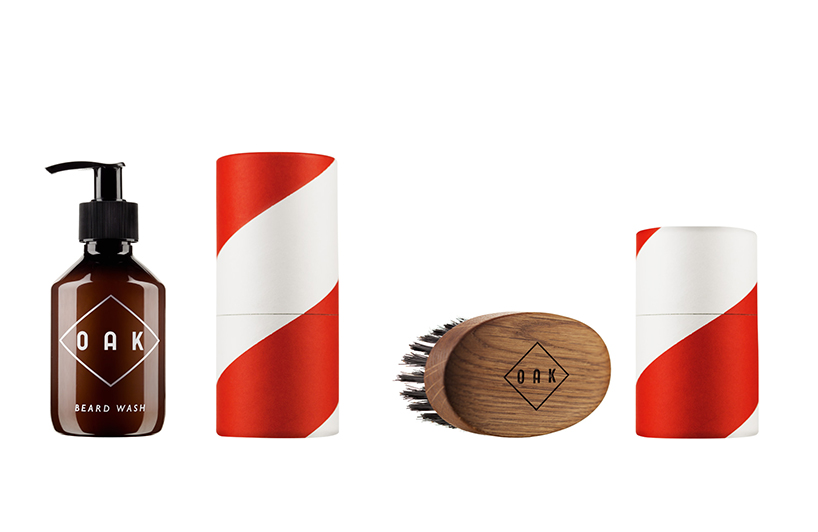 branding and packaging design for the berlin-based beard care brand OAK, 2013
branding and packaging design for the berlin-based beard care brand OAK, 2013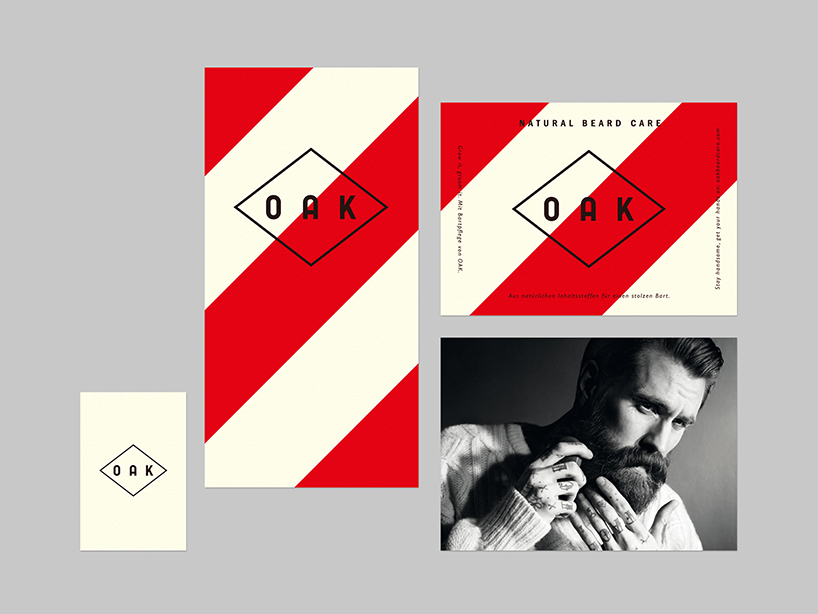
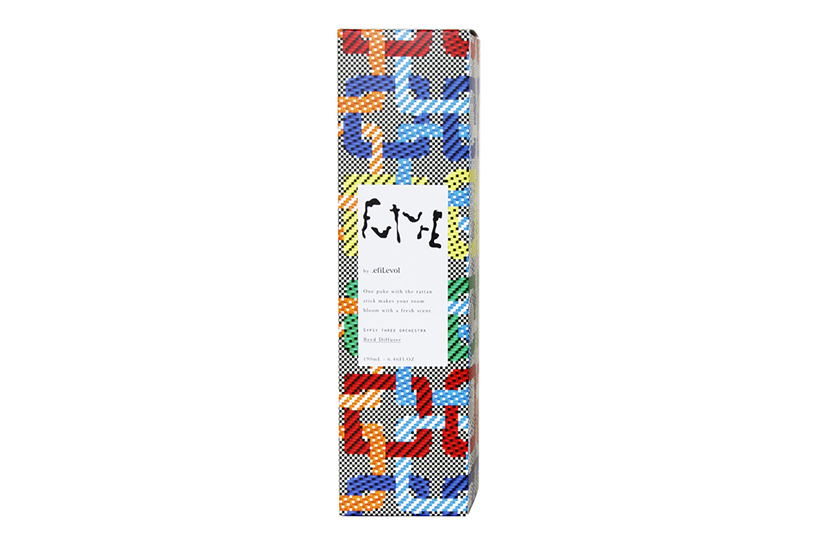 packaging and logo design for the room scent ‘future’ by .efiLevol, 2012
packaging and logo design for the room scent ‘future’ by .efiLevol, 2012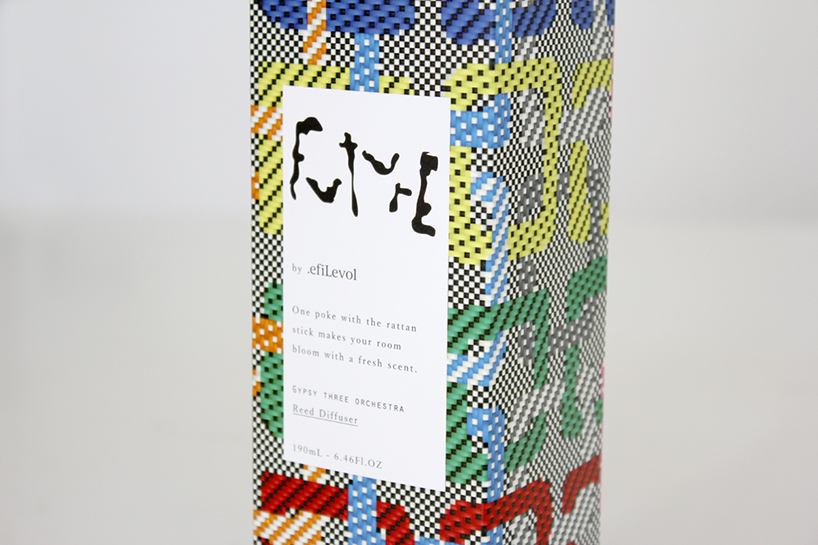
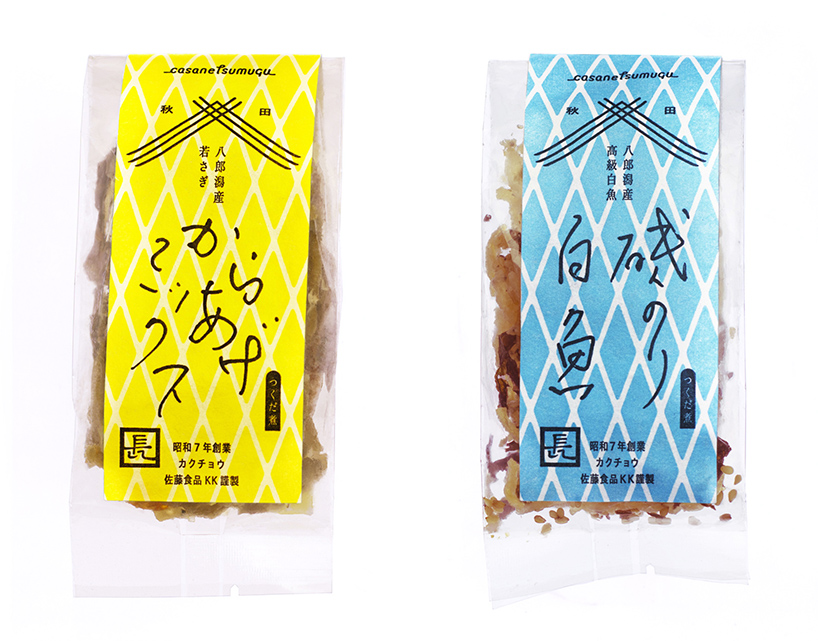 package design for TSUKUDANI (fried fish chips) by casane tsumugu, 2012
package design for TSUKUDANI (fried fish chips) by casane tsumugu, 2012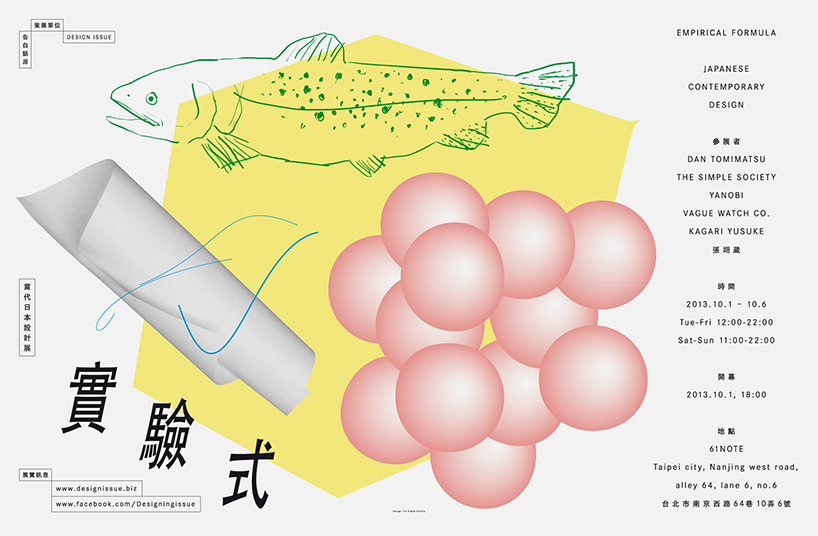 poster for a design issue exhibition in taipei, taiwan , 2013
poster for a design issue exhibition in taipei, taiwan , 2013